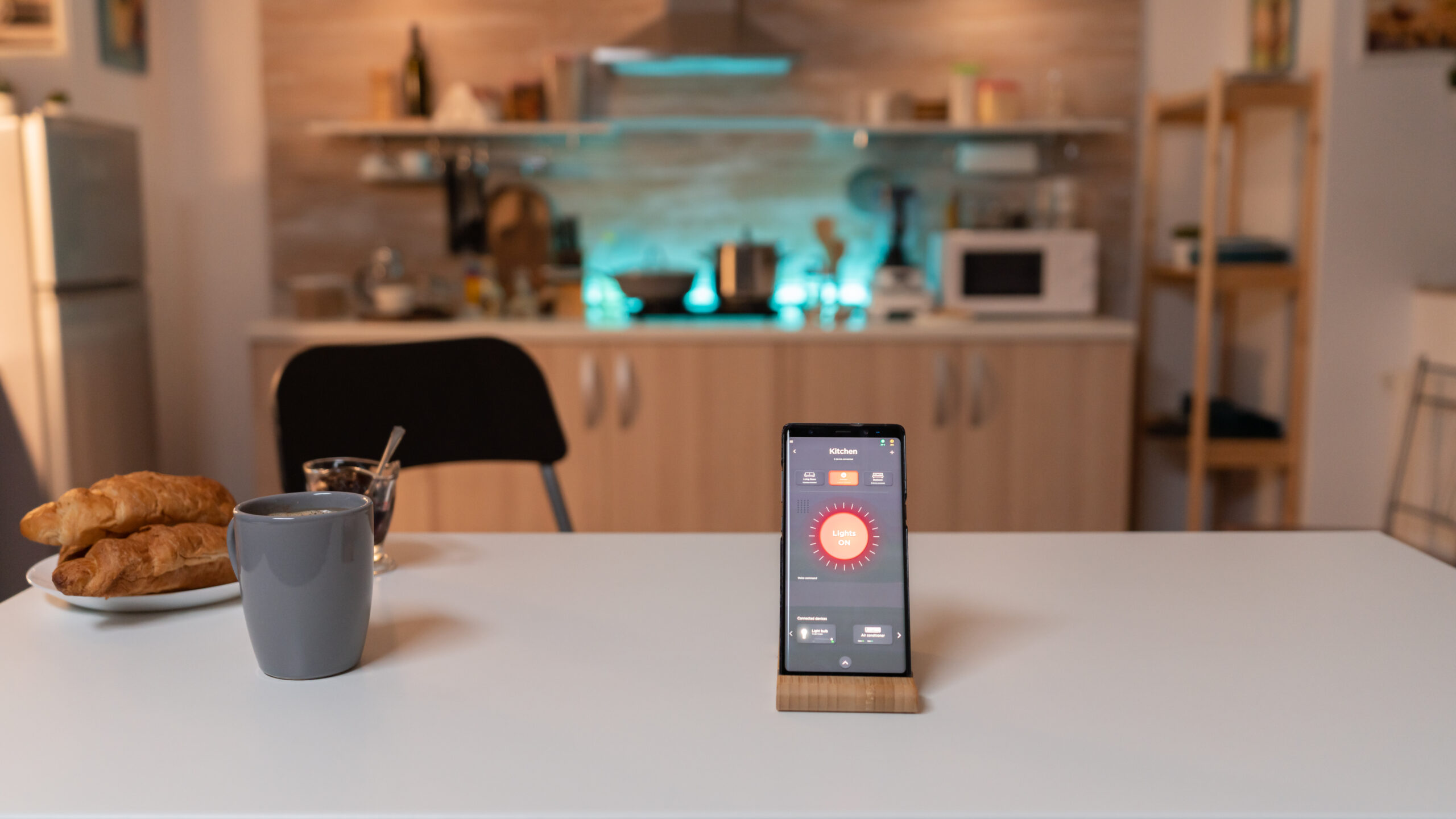The Internet of Things (IoT)
Abstract: We’re entering a new era of computing technology that many are calling the Internet of Things (IoT). Machine to machine, machine to infrastructure, machine to environment, the Internet of Everything, the Internet of Intelligent Things, intelligent systems—call it what you want, but it’s happening, and its potential is huge.
We see the IoT as billions of smart, connected “things” that will encompass every aspect of our lives, and its foundation is the intelligence that embedded processing provides. The IoT is comprised of smart machines interacting and communicating with other machines, objects, environments and infrastructures. As a result, huge volumes of data are being generated, and that data is being processed into useful actions that can “command and control” things to make our lives much easier and safer—and to reduce our impact on the environment.
Introduction
Depending on who you talk to, the Internet of Things (IoT) is defined in different ways, and it encompasshttps://www.benisontech.com/domains/iot/es many aspects of life—from connected homes and cities to connected cars and roads (yes, roads) to devices that track an individual’s behavior and use the data collected for “push” services. Some mention one trillion Internet-connected devices by 2025 and define mobile phones as the “eyes and ears” of the applications connecting all of those connected “things.” Depending on the context, others give examples that are less phone-centric, speak of a class of devices that do not exist today or point to Google’s augmented-reality smart glasses as an indication of things to come.
Everyone, however, thinks of the IoT as billions of connections (a sort of “universal global neural network” in the cloud) that will encompass every aspect of our lives. All of this public discussion suggests the IoT is finally becoming a hot topic within the mainstream media. Many recent articles point to the IoT as the interaction and exchange of data (lots of it) between machines and objects, and now there are product definitions reflecting the same concept. Hence, from a technology perspective, the IoT is being defined as smart machines interacting and communicating with other machines, objects, environments and infrastructures, resulting in volumes of data generated and processing of that data into useful actions that can “command and control” things and make life much easier for human beings.
A quick Internet search highlighted the following example use cases/applications under consideration:
- Machine-to-machine communication
- Machine-to-infrastructure communication
- Telehealth: remote or real-time pervasive monitoring of patients, diagnosis and drug delivery
- Continuous monitoring of, and firmware upgrades for, vehicles
- Asset tracking of goods on the move
- Automatic traffic management
- Remote security and control
- Environmental monitoring and control
- Home and industrial building automation
- “Smart” applications, including cities, water, agriculture, buildings, grid, meters, broadband, cars, appliances, tags, animal farming and the environment, to name a few.
Making Things Smart (Internet of Things)
Do an IoT-related web search, and you’ll quickly notice the overuse of the term “smart.” So, what does it really mean when something is smart, and what makes an object smart? For example, how would a refrigerator or a toaster oven that hasn’t been considered smart become a smart appliance?
Today, we are seeing the electrification of the world around us. Almost any manufactured good now includes an embedded processor (typically a microcontroller, or MCU), along with user interfaces, that can add programmability and deterministic “command and control” functionality. The electrification of the world and the pervasiveness of embedded processing are the keys to making objects “smart.”
Your old toaster that mechanically controlled the color of your toast now has an MCU in it, and the MCU controls the color of your toast. The toaster completes its task more consistently and reliably, and because it is now a smart toaster, it has the ability to communicate with you electronically using its touch pad or switches.
After a device becomes smart through the integration of embedded processing, the next logical step is remote communication with the smart device to help make life easier. For example, if I am running late at the office, can I turn on my house lights for security reasons using my laptop or mobile phone?
Communication capability and remote manual control lead to the next step … how do I automate things and, based on my settings and with sophisticated cloud-based processing, make things happen without my intervention? That’s the ultimate goal of some IoT applications. And, for those applications to connect with and leverage the Internet to achieve this goal, they must first become “smart” (incorporate an MCU/embedded processor with an associated unique ID) then connected and, finally, controlled. Those capabilities can then enable a new class of services that makes life easier for their users.
For the network, sophisticated cloud-based processing requires a new generation of communications processors that can keep track of all of those connected devices, communicate with them and translate their functionality into useful services … all with non- linear improvement to their performance and efficiency. The challenge will be to build secure networks that keep up with demand, while simultaneously reducing energy consumption and cost of equipment. This will require all kinds of innovations, well beyond the improvements Moore’s law can deliver.












